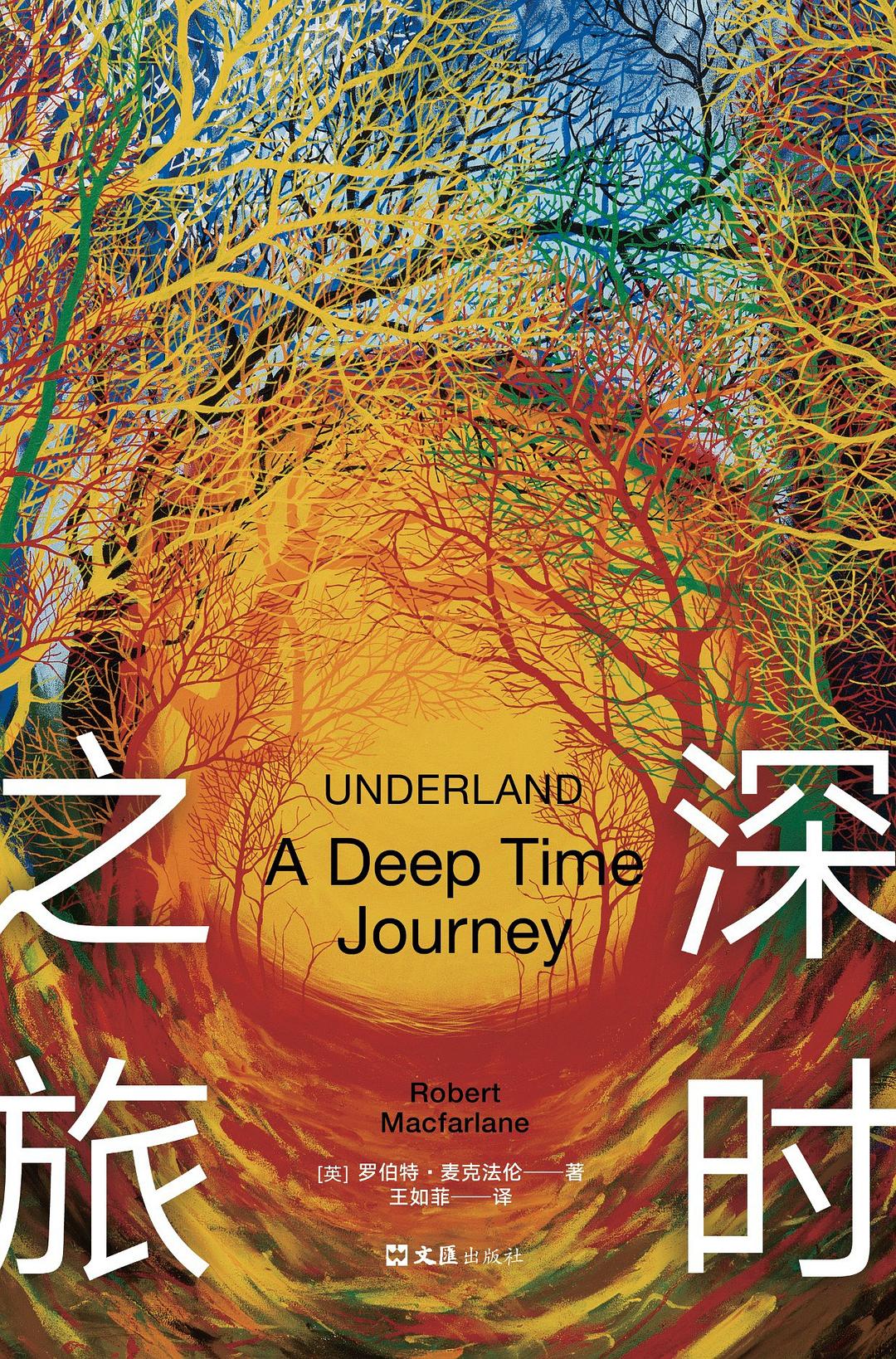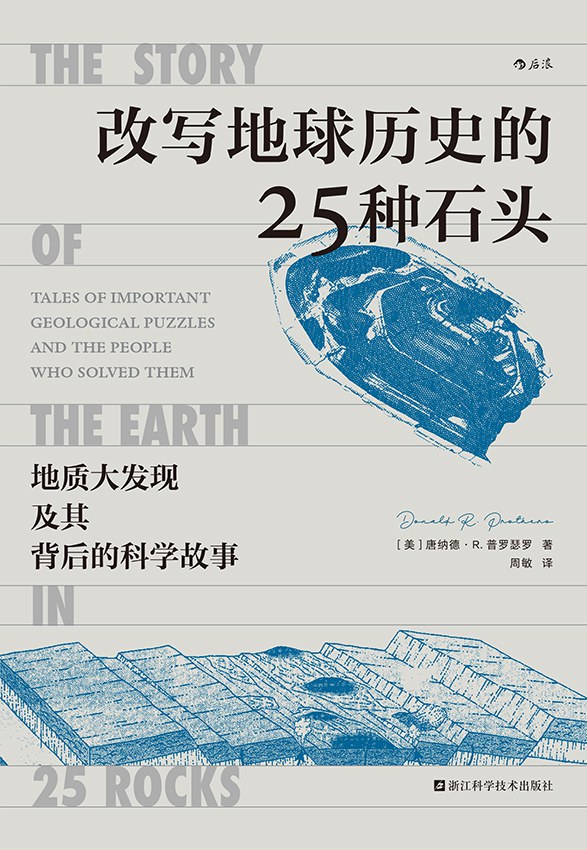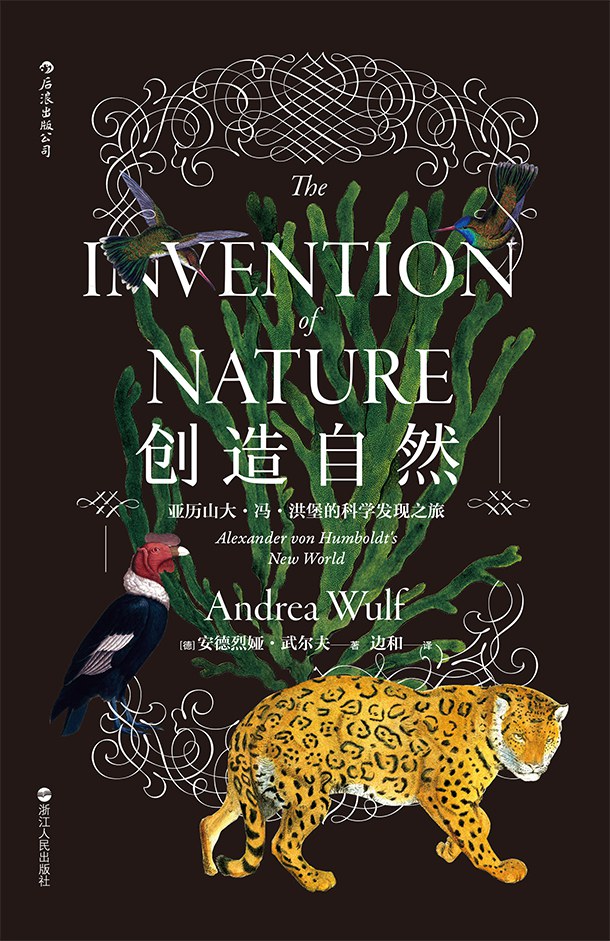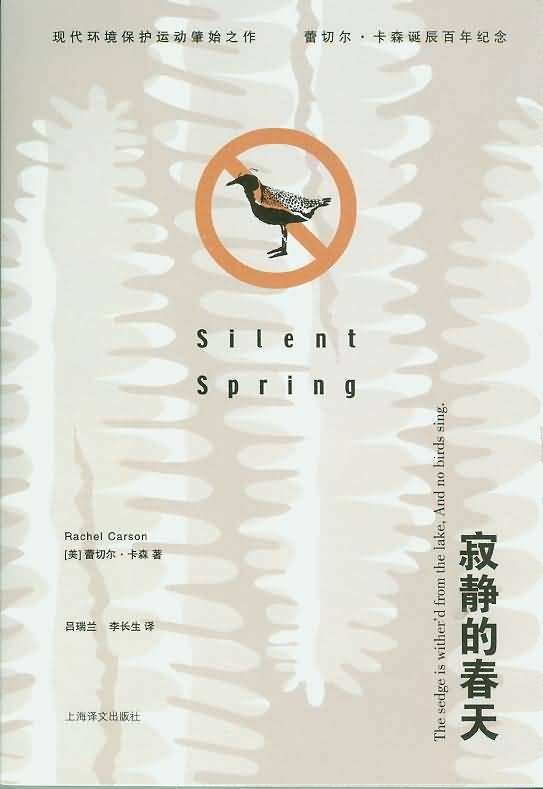Book Recommendation丨The Echo of Life: Witnessing the Earth's Breath in the Tapestry of Nature
Throughout the long river of time, the Earth has never been silent. It records the years in the folds of rock layers, murmurs of growth through the branches and leaves of forests, and narrates the fate of all beings through the rise and fall of species. We often assume that "breathing" is a rhythm unique to humans, yet when you bend down to listen, you will find the entire planet breathing powerfully: the rocks buried deep underground reveal memories spanning hundreds of millions of years, the echoes of life resonate among the forest canopies, and the survival or extinction of species makes this breath sometimes long and steady, sometimes rapid and urgent. This issue's book recommendation is a journey of “listening to the Earth". Read them, and together we will feel: We are not mere onlookers of nature, but co-participants in the Earth's breath.

01 THE EARTH'S GEOLOGICAL EPIC OF TIME

Underland: A Deep Time Journey
Call Number : GN755 M33 2021 CN
Underland: A Deep Time Journey invites us to press our ears against the Earth's "skin" — the rock strata and caves deep beneath the surface. The author ventured into underground mines in Norway to touch rocks formed 3 billion years ago, and descended into subterranean caverns in France to observe the slow rhythm of stalactite growth, which extends just 1 millimeter per century. These silent geological landscapes are, in essence, the Earth's "growth rings": marine fossils embedded within rock layers chronicle the rise and fall of ancient oceans, while patterns on cave walls hold secrets of climatic shifts over millions of years. Deciphering these "geological codes" allows us to truly understand that the Earth has been "breathing" for billions of years — and humanity is but a fleeting moment within this enduring rhythm.


The Story of the Earth in 25 Rocks
Call Number : Q143.H9 W85 2018 CN

02 THE AWAKENING LIGHT OF NATURAL COGNITION

The Invention of Nature
Call Number : Q143.H9 W85 2018 CN
In the early 19th century, Alexander von Humboldt embarked on an expedition that revolutionized human understanding of nature. He trekked through the tropical rainforests of South America and climbed the peaks of the Andes Mountains. Unlike scholars of his time who recorded plants and landforms in isolation, Humboldt keenly detected the "interconnectedness" of nature: the altitude of mountains determines the distribution of plants, climate changes affect animal migrations, there are hidden links between volcanic activities and earthquakes, and trees and fungi form a symbiotic network underground. When he organized these discoveries into notes and mapped them into diagrams, the concept that "nature is an interconnected living entity" emerged clearly for the first time, completely shattering the traditional perception that "nature is a collection of scattered resources". This book shows us that humanity's understanding of the Earth's breath began with the awakening to this "interconnectedness" — Humboldt's exploration was like the first "systematic physical examination" of the Earth, allowing us to hear for the first time the coherent and unified echo of life in the web of nature.


Silent Spring
Call Number : QH545.P4 C37 2017 CN

03 THE NARRATIVE SYMPHONY OF FOREST LIFE

The Overstory
Call Number : PS3566.O92 P69 2022
Nine individuals with special bonds to trees enter the world of forests through different circumstances: one studies the growth rings of redwood trees, reading climate changes over a century from the dense and sparse patterns; another stands guard over ancient oak trees, using their body to resist the roaring chainsaws of commercial logging; yet another deciphers the chemical signals emitted by pine trees, discovering that trees can transmit danger warnings through a unique "language". Following these characters, we witness that the felling of a century-old oak tree can lead to the extinction of dozens of insect species that depend on it for survival; the existence of a redwood forest can regulate regional rainfall and conserve water sources. It turns out that the breath of the forest is a symphony jointly played by trees, animals, fungi, and humans. The metaphor in the book — "Trees are rivers slowed down, winds made solid" — accurately interprets the poetry of the Earth's breath: every rustle of the forest's branches and leaves is a vivid echo of life transmitted in the web of nature.


The Forest Unseen : A Year's Watch in Nature (E-book)
Ebook-Search via DISCOVER

04 THE WARNING BELL SPECIES EXTINCTION

The Sixth Extinction: An Unnatural History
Call Number :QE721.2.E97 K65 2015 CN
The author of this book tracks species crises across the globe: In the Panamanian rainforest, amphibians are dying in large numbers due to an unknown fungal disease, and the once lively frog calls are gradually fading away; in Australia's Great Barrier Reef, rising sea temperatures and ocean acidification have caused extensive coral bleaching, turning the colorful coral reefs into pale "underwater graveyards"; in the Arctic region, sea ice is melting at an accelerated pace, depriving polar bears of their hunting platforms and forcing them to migrate with difficulty between floating ice floes. These phenomena are not isolated disasters, but part of the "Sixth Mass Extinction" that the Earth is currently experiencing — unlike the previous five extinctions triggered by natural factors such as volcanic eruptions and asteroid impacts, human activities are the driving force behind this one. Every extinct species recorded in the book represents "an abnormal pause" in the Earth's breath: when a species goes extinct, a link in the web of nature breaks, which in turn affects the stability of the entire ecosystem. This book does not shy away from the harsh reality, but it also makes us realize that humans are both the creators of the crisis and the key to reversing it. Only by heeding the warning of species extinction can we safeguard the integrity of the Earth's breath.

The Book Of Vanishing Species
Call Number :QE721.2.E97 K65 2015 CN
The Earth's breath is not an abstract concept; it is the deposition of rock layers, the growth of trees, the activities of underground organisms, the reproduction and survival of species, and every moment of interdependence between humans and nature. When we decipher the temporal codes of geology, hear the voice of humanity's cognitive awakening, witness the life cooperation in forests, and be alert to the signals of species crises, we will truly understand the Earth's breath — it is the eternal echo of life transmitted in the web of nature, and more importantly, the future that humanity must protect with awe and action.
Content | LI Siyao
Layout | LI Siyao
Review | GU Mengmeng & HU Linxiao & REN Yuanyuan




